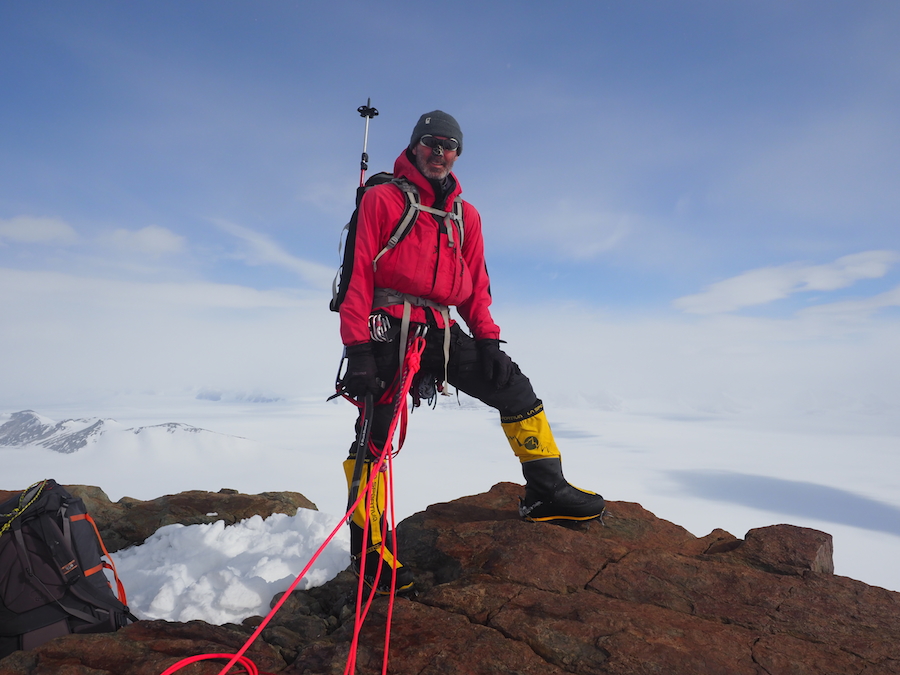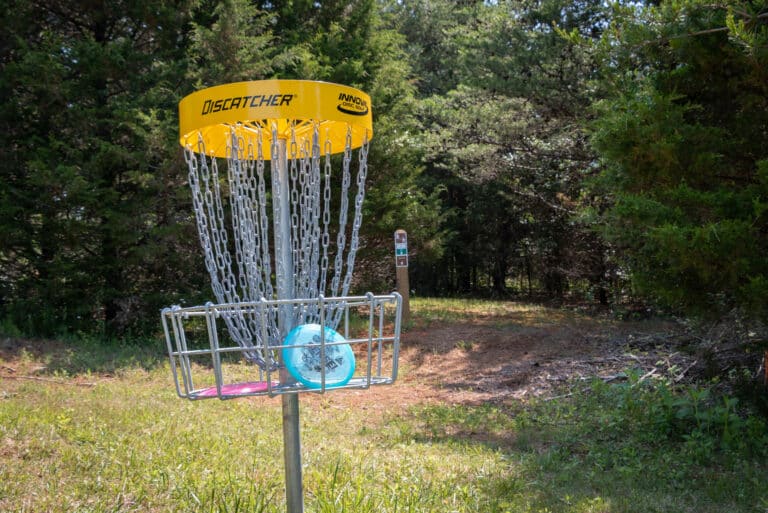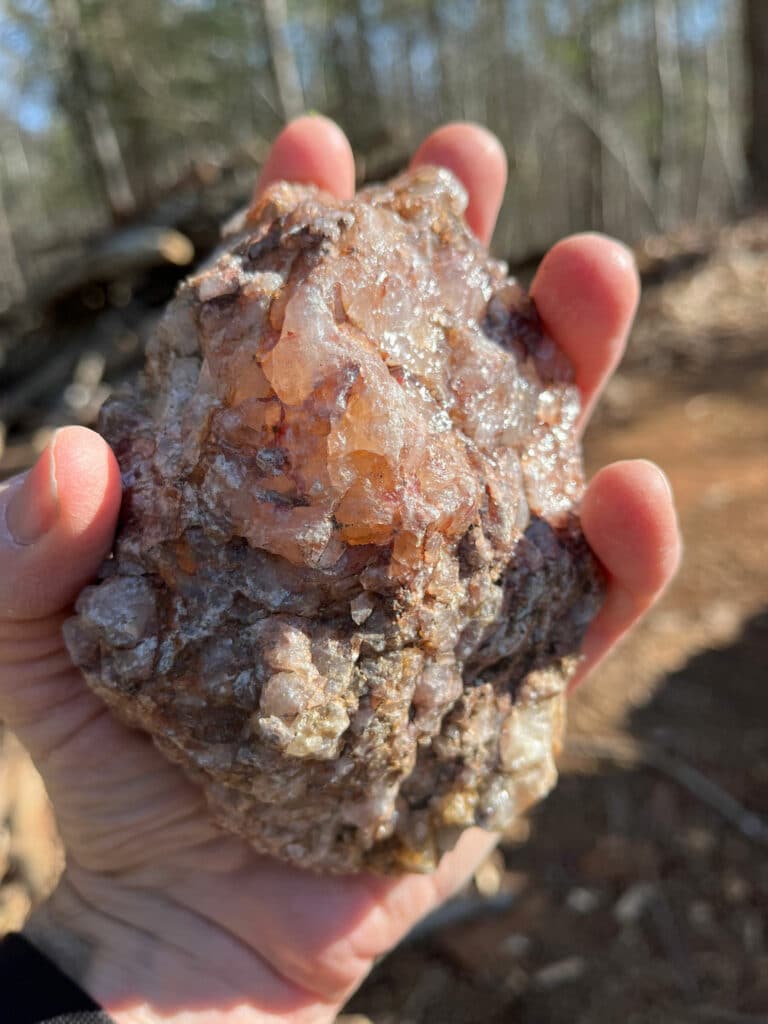Last month, S2 Mountaineering owner Jeff Reynolds of Richmond, Va., successfully summited Mount Vinson (16,050’) in Antarctica, completing a more than decade-long bid for the seven highest peaks in the world. His four-person team also bagged the first ascent of Rogers Peak (4,918’) shortly after scaling Vinson. To read more about how Reynolds trains for these high-elevation summits right here in the Blue Ridge, check out this Q&A with the mountaineer from our January 2017 issue.

When did you decide to go for the seven summits?
JR: Initially I did not set out to do the seven summits. I kinda fell into it through the guiding gig. I was guiding Kilimanjaro (2005) and Aconcagua anyway—once I did Everest in 2012, it started to look like unfinished business for me. I’ve always wanted to go to Antarctica because it’s this amazing place. The heart of [the expedition] for me was getting into the Sentinel Range, into these areas that are really unchartered in the climbing community, and seeing what I could do.
How long was the planning process for the final summit?
JR: For all of it, the planning started about 18 months ago. If it were just Vinson, we could have hopped on a trip and finished it in two weeks and come back, which is a regular Vinson rotation. What took a tremendous amount of effort was what we did afterwards and that was heading off into no-man’s-land, so to speak, without any beta of what we were getting into. It took a long time to nail down as much information as we could and plot a route through that technical terrain.
What was the summit bid day like?
JR: We had 24 hours of light, which was great, and we had a really really nice day, probably the nicest day we had the entire time. The conditions were right around 5 degrees Fahrenheit and we had very light winds, about 10-15mph. We started out in the morning at about 11 o’clock, summited around 4:30pm, and there and back was about 8 hours.
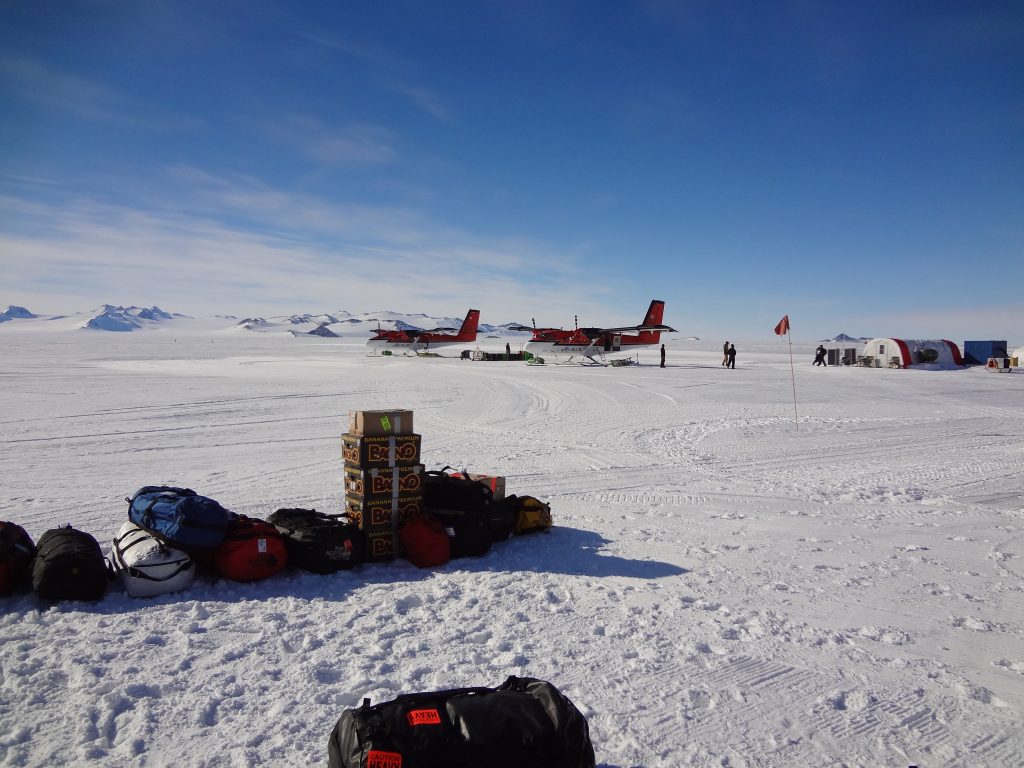
So no incidents?
JR: We had a really nice straight forward route up and down, the group dynamic was cohesive, it really couldn’t have been a better day. But the next day we were going to go over to Mount Shinn, which is right next door. There’s only been maybe 10 teams climb it in its history. We’re on our way over there, it’s the second best day we’ve had, and we come to this crunch point where there’s pretty significant ice fall just above us, then there’s a small break you can traverse to gain a ridgeline on Mount Shinn. It’s very small break, and a high risk area you gotta move through pretty quickly. The ice fall below it is pretty significant so if something were to happen from the top ice fall, it was going to wipe out the whole team and it was going to be just catastrophic. We decided it looked good to go and we got about five minutes from it and it went right in front of us. It was just too active for us to take a stab at it.
Where did Vinson rank as far as difficulty compared to the other six summits?
JR: I’d rank it number 4, maybe even 3. You gotta expand out the base of difficulty because when you’re working in Antarctica, when that wind starts to blow, it is really really difficult to manage.
What surprised you about Vinson? About Antarctica climbing in general?
JR: I think you go into these things with some expectation and knowledge about what the conditions are like, like you know it’s going to be cold, you know that it’s remote, you know it’s really isolated and you really gotta have your game on because if something happens, you’re going to have to manage it independently. But one thing that struck me, especially as I’m looking out my window now and I’ve got green and brown and blue and all these colors in the sky, is the sensory spectrum [in Antarctica] is so narrow–everything’s white. Sometimes the sky is blue, some gray rock maybe, but that’s it, and in terms of sound, there’s nothing but wind. It kinda screws with you a little bit. When the clouds move in, you can’t judge five feet from five miles and when it comes to route finding, that really, really rattles you.
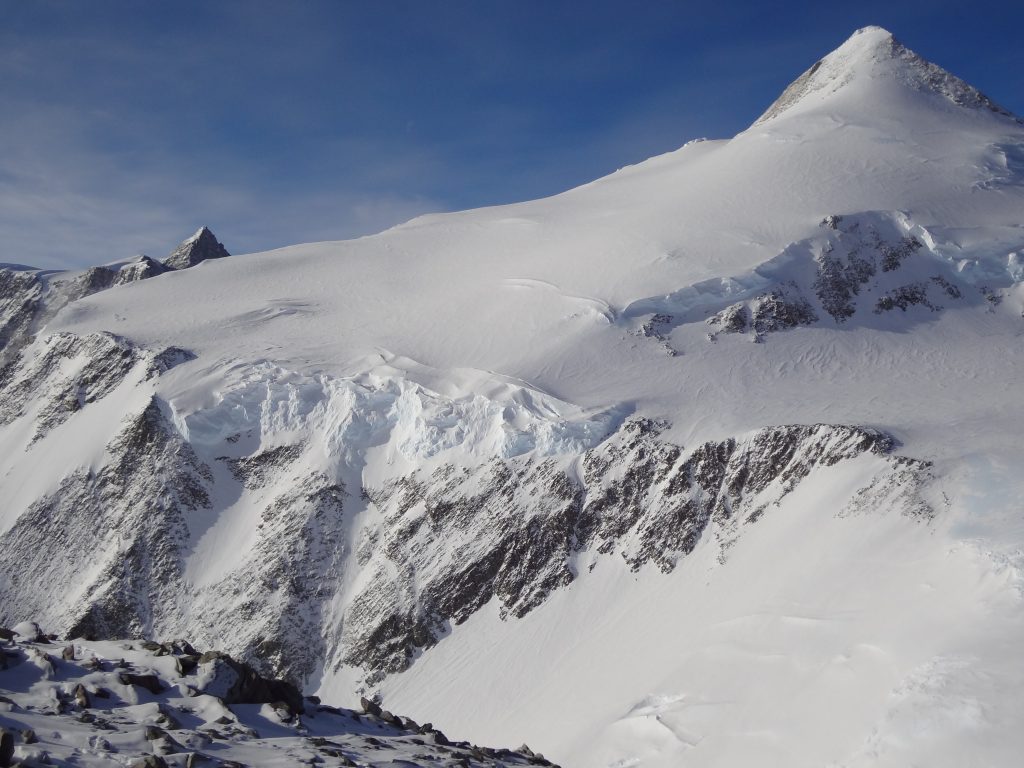
How did your team stay fueled on the expedition?
JR: We thought we brought 10 percent more than we needed but we probably ended up with 10 percent less than we needed. The calorie burning was more than I was used to. We ended up getting a little short on food. But mostly it was freeze dried food, pasta, bacon bits, Snickers of course, lots and lots of Snickers and Twix bars. If I knew I was going to have a Snickers bar, I’d put them inside my pockets to warm them up, because once it’s frozen, it’s done, you’re not gonna get it back. Like a camera or camera battery, or toothpaste even, you end up sleeping with it or it’s toast.
Three pieces of gear you cannot visit the Antarctic without?
JR: Well, the dumbest piece of gear I brought with me was a headlamp. Otherwise, the Mountain Hardware Trango 3—the thing is like a bomb shelter for wind and the coloring of that tent is such that it radiates heat when the sun is out and you can actually stay warm inside of it. A crevasse probe was absolutely necessary. Every time we’d set up a camp we’d have to probe out a safe perimeter area to make sure we’re not falling into something. And a navigation system, like a Garmin. We plotted a route and in those whiteout conditions, it was just a necessary tool for route finding and risk management.
Now that you’ve completed the seven summits of the world, what’s next?
JR: I’m taking my boys to Iceland for spring break in April and introducing them to glaciers there for the first time. I’m really looking forward to that trip and introducing them to a landscape that really has been a gift in my life. I don’t expect them to love it as much as I do, but I think they will have fun. In terms of projects, I go to Ecuador and Peru in September, Kilimanjaro trip in June. I plan on going back [to Antarctica] with the information we’ve got. You go to places and you’re there for the first time and you might hit a couple of things, but to really dig into it, to get any real climbing done, you gotta spend some time there and do some reconnaissance.
